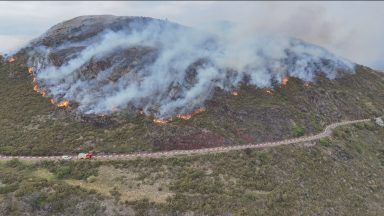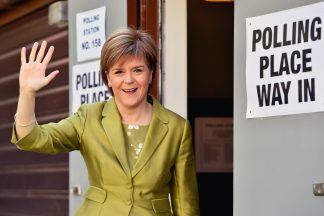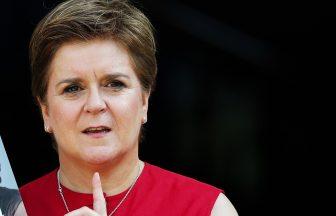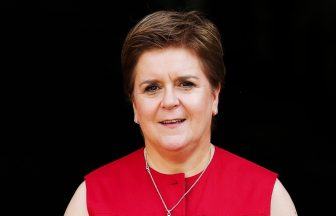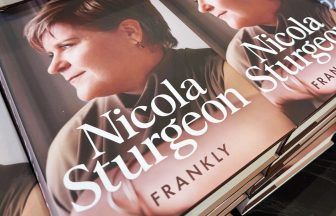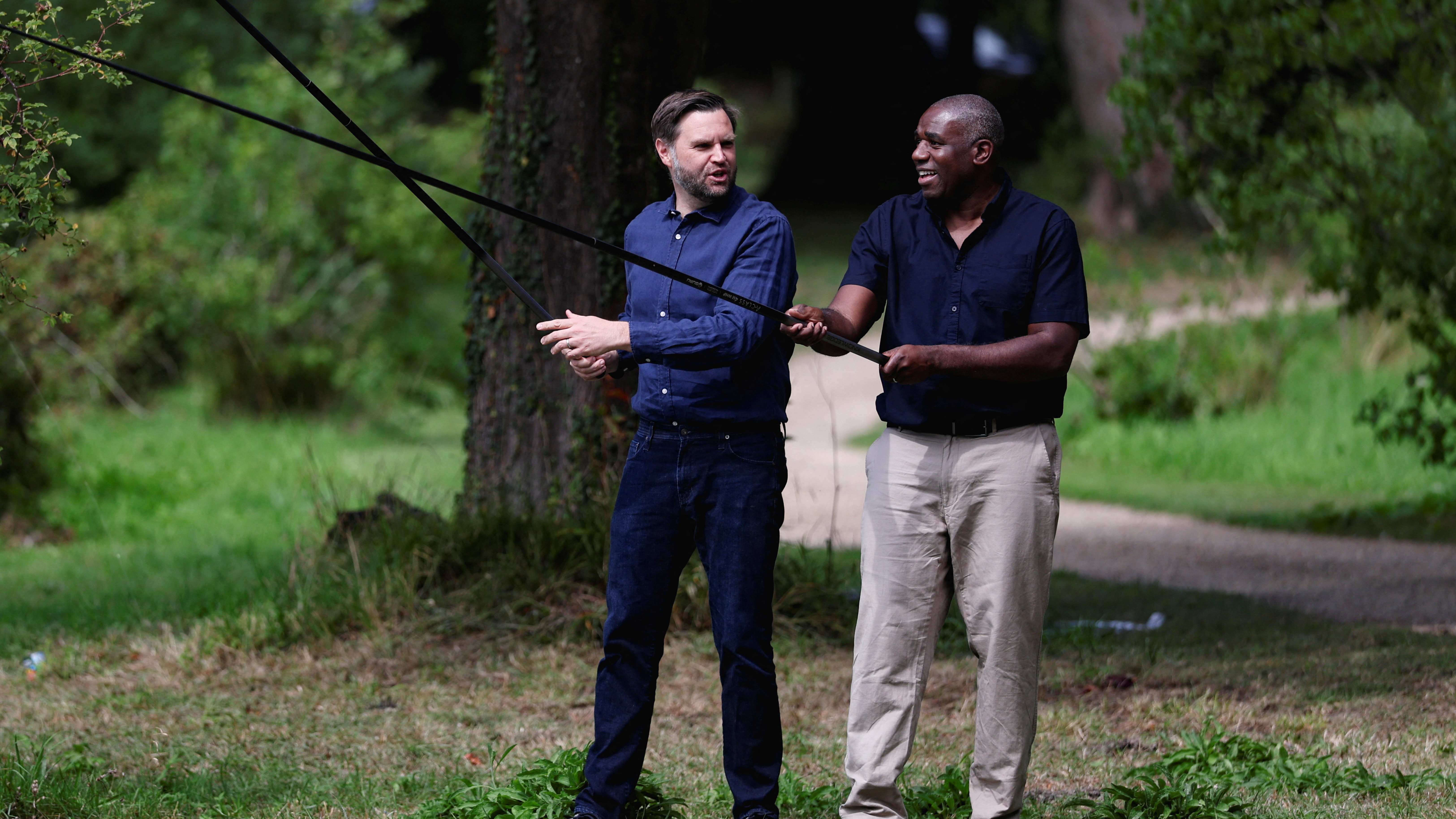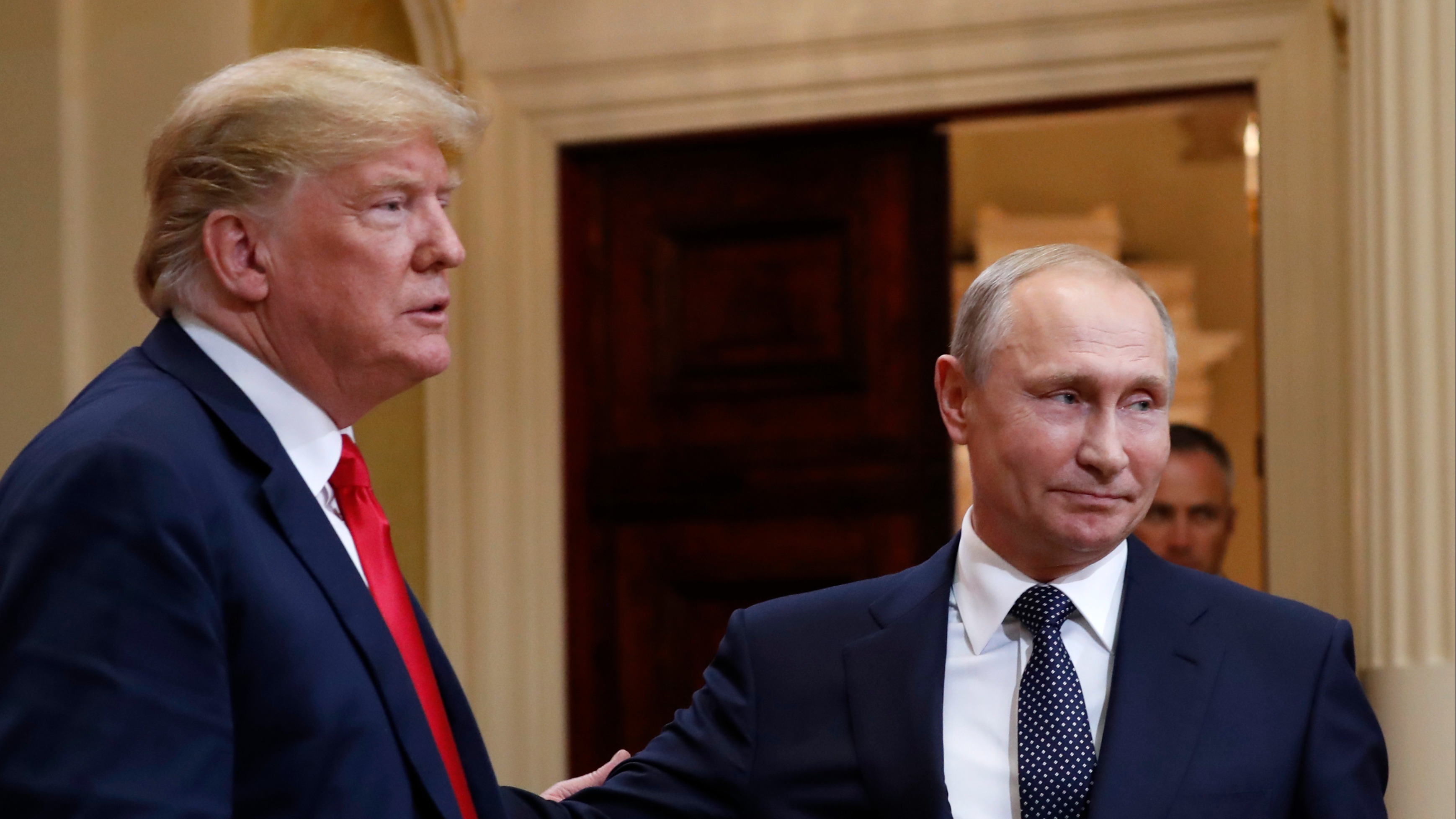The Bank of England’s decision to raise interest rates for the first time in three years is going to lead to higher mortgage repayments for millions of households.
The rise from 0.1% to 0.25% may be modest, but it could signal the first of several marginal adjustments to squeeze inflation out of the economy.
Those with a tracker mortgage will pay on average around £15 per month more, whilst those on a variable rate could be paying an extra £10. This does not sound a lot, but the worrying factor is that several more rises will add more and more to monthly repayments.
And, of course, mortgage repayments, although the largest monthly outgoing, is not the only area of expenditure that it about to increase.
The bank is charged with using rates as a means of keeping price increases at around the 2% mark. However, for much of the last decade, the monetary policy committee has had to turn a blind eye to inflationary pressures as, first, a global banking crisis and then a pandemic relegated inflation as their prime concern.
Further small adjustments in the coming 18 months will further nibble the disposable income of households facing a tsunami of increases that will mean the big issue for 2022 will be a cost of living crisis.
The last decade has been grim for living standards. The cuts of the post-2008 era have stretched public services and had a material effect on the purchasing power of households as wage freezes and rising prices leave many struggling to make ends meet.
2022 looks likely to be perhaps the toughest yet. Inflation is currently standing at 5%. April will see a hike in national insurance. Councils will target local tax increases when they set levels early in the new year. Energy costs are on the increase and will rocket yet more as 2022 progresses. Wage increases will not remotely keep pace with all of this, meaning living standards will be squeezed yet further.
Add to that runaway house-price inflation and soaring rents and it all adds up to disaster. Theresa May used to talk about those “just about managing”. For many that is an aspiration that will not be met. The astonishing thing is the way in which many people simply accept this as their lot.
It says much about the changes in political culture in Britain these last 30 years that this cocktail of misery is passively accepted. It would have been greeted with industrial agitation in the 1960s and 70s.
The long shadow of Covid further depresses the outlook, with many businesses likely to go under as public health messages act as a break on trade in a post-furlough environment.
The mood music from both Holyrood and Westminster this week is already affecting change. Christmas parties are being cancelled. Consumers are thinking twice about visiting shops which are now re-introducing social distancing measures. The vaccine was supposed to be a passport to more normal trading times, but the variations of this awful disease show that it is capable of pulling the rug from under the feet of businesses.
Trade Unions have been more bullish in recent months in pushing for higher wages. This is not down to any new found militancy. Rather it is a function of the frustration of their members, ordinary people worried about how they can keep their households afloat.
The problem for the government in the next year is that the relatively passive response to this crisis might spill into a palpable public anger as people take to the streets with the message, ‘we will not put up with this for much longer’.
Boris Johnson talks a lot of levelling up in recognition of a feeling that ‘the north’ is often forgotten about. He might just realise that in 2022, people in all parts of the country will be demanding action. And in Scotland, the First Minister will realise that exactly the same frustrations exist in the areas for which she has control.
2022, which a few months ago looked like the year when we really did get back to normal, looks just as uncertain as the prognosis for 2021 this time last year. Uncertainty is the new normal and it’s set to continue.

 iStock
iStock





